Market Analysis
In-depth Analysis of US Automotive Industry Market Industry Landscape
The market dynamics of the US automotive industry are complex and ever-evolving, shaped by a multitude of factors including consumer preferences, technological advancements, regulatory requirements, and economic conditions. At its core, the industry revolves around the production, distribution, and sale of vehicles, encompassing a wide range of stakeholders from manufacturers to dealerships to consumers.
One key aspect of the market dynamics is consumer demand, which is influenced by various factors such as fuel prices, disposable income levels, changing demographics, and shifting preferences towards electric and hybrid vehicles. For instance, as environmental concerns grow and fuel efficiency becomes a priority, there is a noticeable trend towards electric vehicles (EVs) and hybrid cars. This shift in consumer preference has prompted automakers to invest heavily in developing and producing alternative fuel vehicles to meet market demand.
Moreover, technological advancements play a significant role in shaping the market dynamics of the US automotive industry. The emergence of autonomous driving technologies, connected vehicles, and advanced safety features are revolutionizing the way cars are designed and manufactured. As consumers become more tech-savvy, there is a growing demand for vehicles equipped with the latest innovations, forcing automakers to continuously innovate and incorporate cutting-edge technology into their products to stay competitive in the market.
In addition to consumer demand and technological advancements, regulatory requirements also exert a significant influence on the market dynamics of the US automotive industry. Government regulations regarding emissions standards, safety requirements, and fuel efficiency targets impact the design, production, and sale of vehicles. Automakers must ensure compliance with these regulations while also navigating potential changes and updates, which can have far-reaching implications on their business operations and market competitiveness.
Furthermore, economic conditions play a crucial role in shaping the market dynamics of the US automotive industry. Factors such as interest rates, unemployment levels, and consumer confidence directly impact vehicle sales and production levels. During periods of economic downturns, consumers may delay purchasing new vehicles or opt for used cars instead, leading to a decrease in demand for new vehicles. Conversely, during economic upswings, consumers may feel more confident in making large purchases, resulting in an uptick in vehicle sales.
Another important aspect of the market dynamics is the competitive landscape within the industry. The US automotive market is highly competitive, with numerous domestic and foreign automakers vying for market share. Competition drives innovation and forces automakers to continuously improve their products and services to attract consumers. Additionally, the presence of various distribution channels, such as dealerships, online platforms, and direct-to-consumer sales, adds another layer of complexity to the market dynamics, as automakers must navigate these channels to reach their target customers effectively.
Overall, the market dynamics of the US automotive industry are shaped by a complex interplay of consumer demand, technological advancements, regulatory requirements, economic conditions, and competitive forces. Automakers must continuously monitor and adapt to these dynamics to stay ahead in the ever-changing automotive landscape.


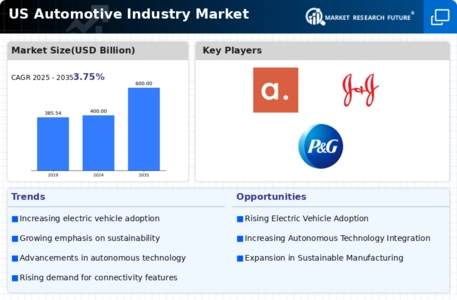

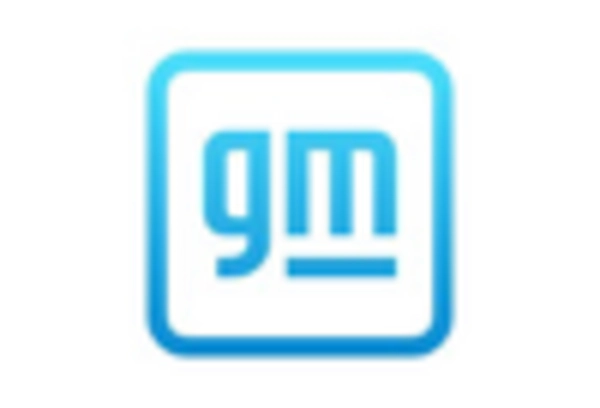
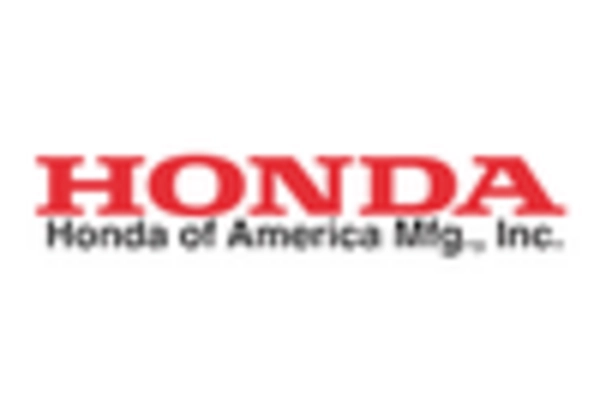
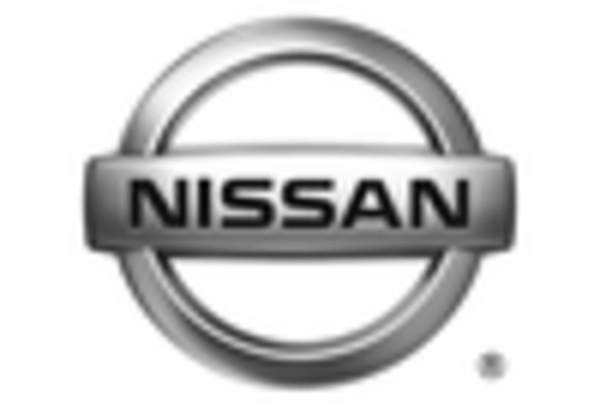
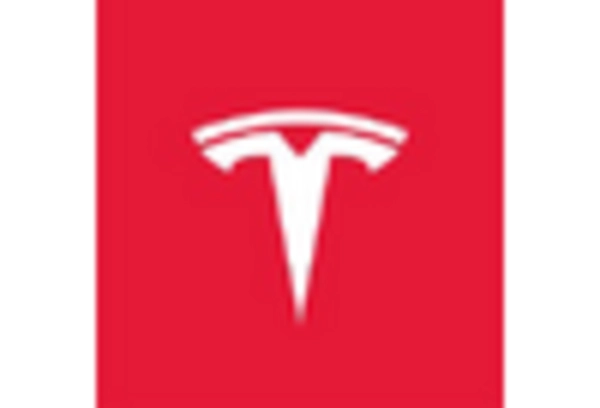
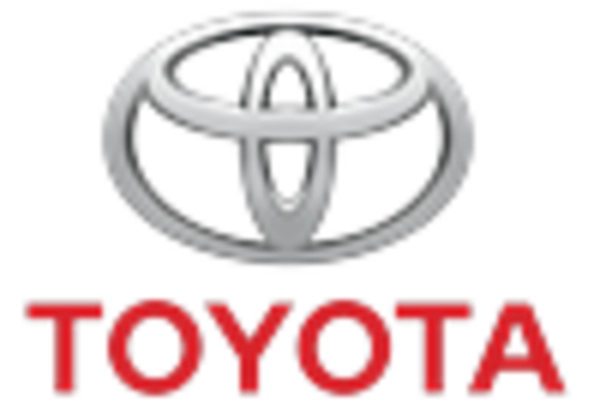









Leave a Comment